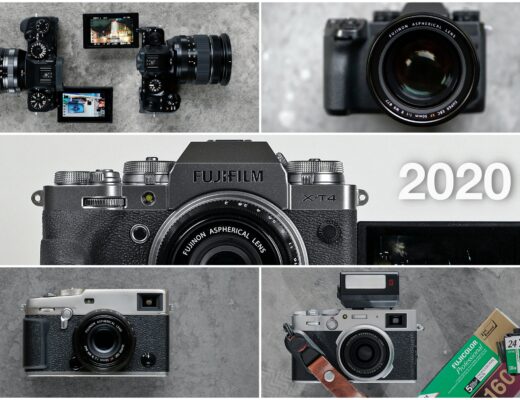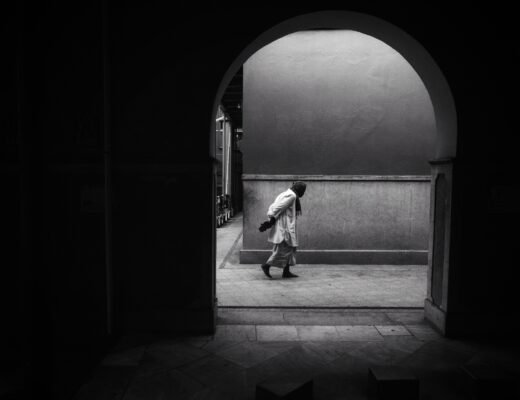It’s no secret that I’m a lover of fast prime lenses. The depth of field control and size/weight combination makes them perfect for what I do. I’d take a bag full of Fujifilm’s f/1.4 primes over a zoom lens any day. It’s just the way I like to work. Of course, the zooms have their place and I do make use of them as well. But, if I had to start all over again and begin with one lens, it would be a fast prime.
In years past, as my bokeh addiction raged, I would have chosen a short telephoto lens like the XF56mmF1.2 without question. The razor-thin depth of field that can be achieved with that lens is gorgeous, as is its ability to render a close-up portrait with no noticeable distortion to features.
Then, I might also have chosen to go with the XF23mmF1.4 as my younger and more impressionable self listened to the voices of the masses saying it was the only lens I’d ever need. Indeed, it is also a fabulous lens and still one of my favourites. The shorter focal length not only allows more in the frame but gives a sense of depth through its slight exaggeration of distances.
Now, however, I would take a ‘normal’ lens over both of these. For my needs, that would be the XF35mmF1.4. However, you might just as well choose the XC35mmF2, the Laowa 33mm f/0.95, the 7Artisans 35mm f/1.2, or even the Zeiss Touit 32mm f/1.8. There are so many potential options available at this focal length, but we’re not here to compare those. In general terms, here’s why I’d choose a lens in this range.
Relatively cheap
While $599 may not seem cheap, compared to many other lenses, the XF35mmF1.4 is a bargain. Of course, if you don’t need the fastest aperture, the 35mm f/2 lenses are cheaper again. If extremely good image quality and autofocus are unimportant, even $50 will get you a 35mm lens. When stacked against other primes or fast zoom lenses, a 35mm lens is a much cheaper investment when its versatility is taken into account.
While not absolutely cheap, the GF63mmF2.8 is relatively cheap by medium-format standards. It’s also my go-to walk-around lens for the GFX100S. This lens offers all the same benefits as a ‘normal’ lens for the X Series cameras and turns the GFX into a reasonably portable camera.
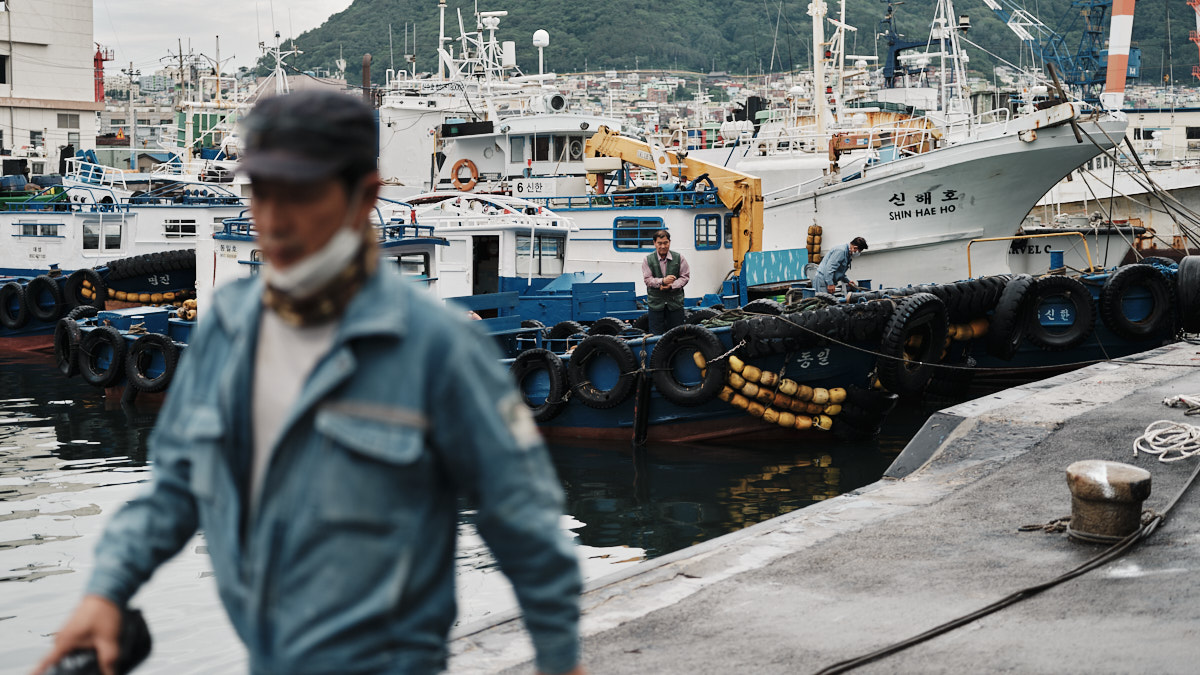
GFX100S + GF63mmF2.8 (1/250, f/2.8, ISO 125) – Notice how natural the proportions of everything in the frame feel.
Small & light
Generally speaking, a ‘normal’ lens is a simpler design than many other focal lengths and so can be made much smaller. Smaller glass and less elements also makes for much lighter lenses. The XF35mmF1.4, despite its fast aperture, weighs in at only 187g. Compare that to, for example, the XF56mmF1.2 at 405g or the XF23mmF1.4 at 300g.
This attribute makes a 35mm lens a great travel companion. So much so that no matter where I go or what kit I’m taking, I’ll always add my XF35mmF1.4 to the bag. It’s also non-threatening in size and appearance, which makes it great for photographing the people I meet on the road.
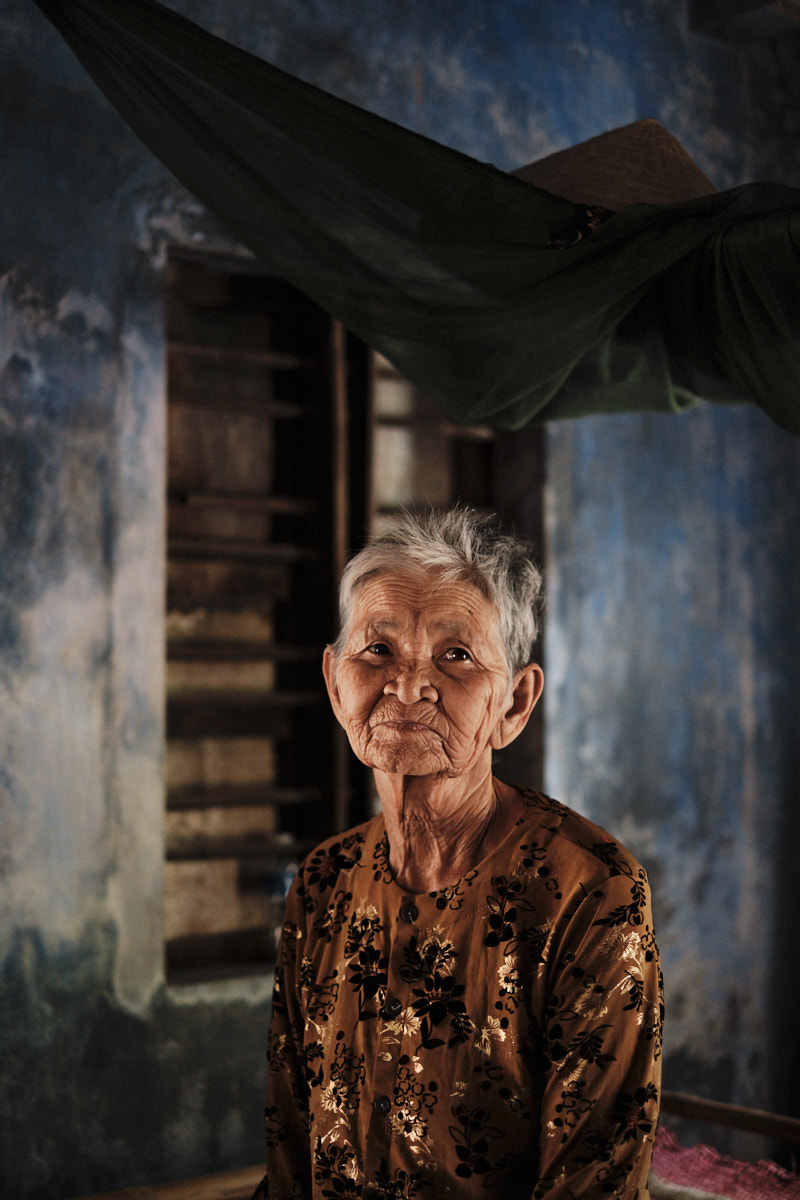
X-H1 + XF35mmF1.4 (1/180, f/1.4, ISO 1600) – Despite my proximity, my subject is comfortable and the proportions feel natural. Having this tiny lens in my bag meant I could quickly take it own and photograph this woman.
Fast aperture
Typically, it is much easier to make a fast-aperture ‘normal’ lens than with other lenses, so we find that even the small and reasonably priced options have a very fast aperture. This allows for very shallow depth-of-field, especially when working in close. Also, since the focal length is still relatively short, it can be easy to get a much deeper depth of field when needed.
While my lens of choice has a fast aperture of f/1.4, there are plenty of third-party options with even faster apertures. The Mitakon 35mm f/0.95, for example, it a great low-light companion. Despite its f/0.95 aperture, it is still quite small compared to many fast primes.

X-T2 + Mitakon 35mm f/0.95 (1/680, f/0.95, ISO 1600) – This lens is a low light monster. Being able to capture a portrait like this with a single fluorescent bulb is a treat.
Distortion
This focal length is usually quite well corrected for lens distortions. Neither pincushion or barrel distortion are likely to be present in any significant amount. When it comes to perspective distortion, a 35mm lens will allow you to get quite close to subjects, which can result in a slight distortion of features in, say, a close-up portrait. However, this is nowhere near as significant as we might find with something like a 23mm or 16mm lens.
The working distance of this lens lends itself to creating images that rarely suffer from perspective distortion. Whereas getting close with a wider lens can often make it difficult to get straight lines or show things in their correct proportions, the 35mm focal length is the perfect lens for something like this overhead shot of food for a local restaurant here. Of course, getting the correct proportions might be easier with an even longer focal length, but we’d need to have punched a hole in the roof and worked from outside the restaurant!
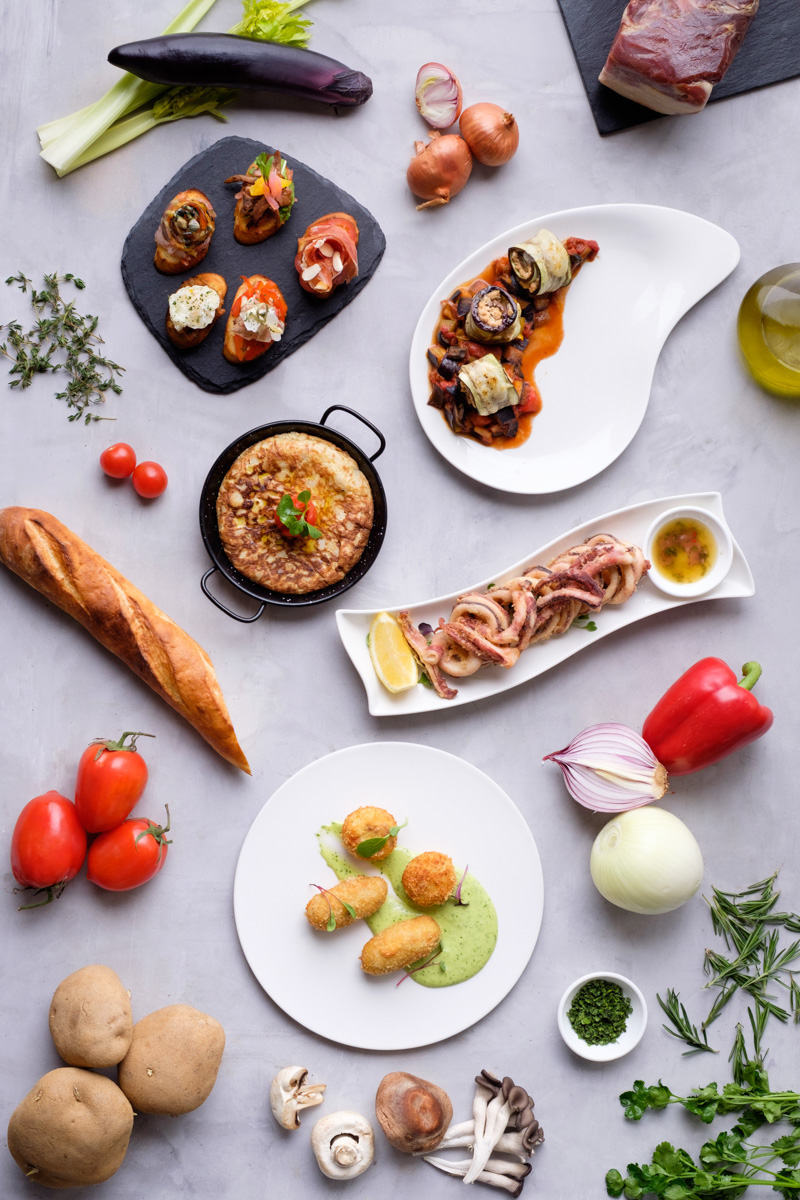
X-T1 + XF35mmF1.4 (1/160, f/8, ISO 640) – The perfect working distance to easily avoid perspective distortion.
Unique rendering
The XF35mmF1.4 has sparked many a debate in comment sections due to the claims that it has some sort of “magic” about it. There is certainly a unique, imperfect feel to the images that come from this lens. For me, it has a much more organic feel than it’s f/2 sibling and that is the primary reason I chose it.
The Fujifilm lenses, however, would both be considered extremely clinical when compared to the likes of the Mitakon 35mm f/0.95 or the Laowa 33mm f/0.95. Both of these lenses offer a very different feeling from any other lens available for the X Series cameras. A while back, I took a look at the characteristics of the Laowa lens and discovered its beautiful wide-open rendering.
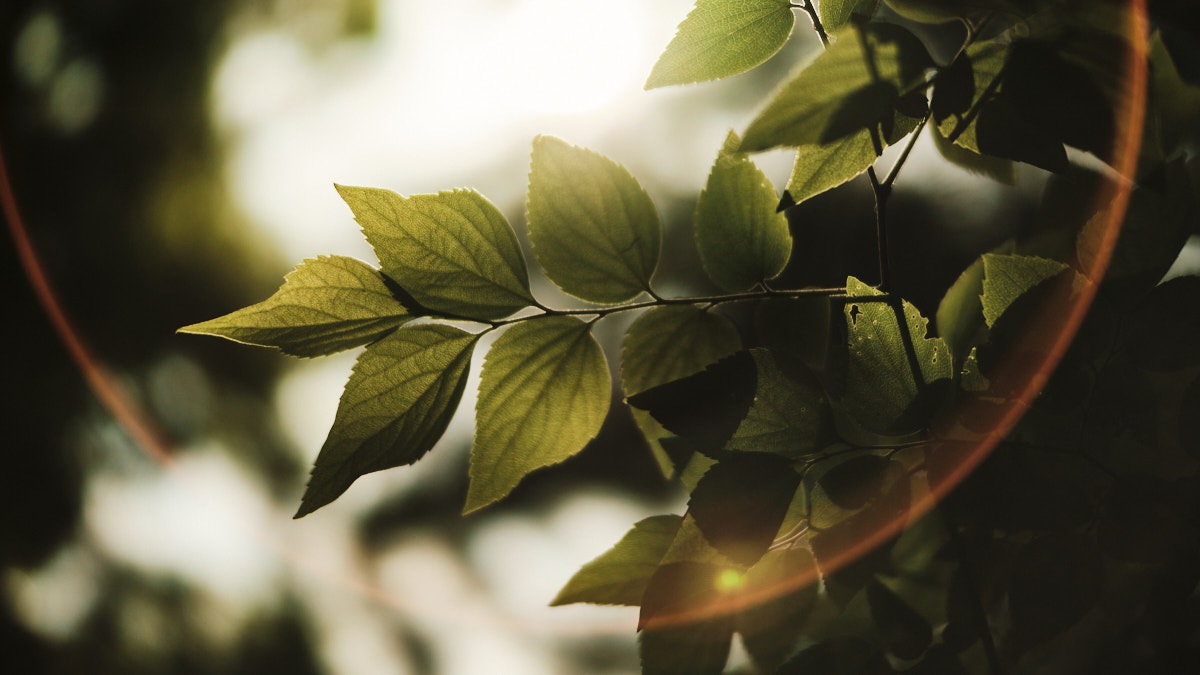
X-T4 + Laowa Argus 33mm f/0.95 (1/32000, f/0.95, ISO 160) – Wide open, the Laowa 33mm f/0.95 is truly something special.
For me, it is the combination of these factors that make the ‘normal’ lens my must-have for my own photography. I don’t photograph sport, wildlife, or any other niche where a specific lens is required, so this focal length is my go-to for just about everything I do. I rarely leave the house without one. If you had to start all over, what would be your first lens purchase and why? How does it help you to make the images you love to make?


